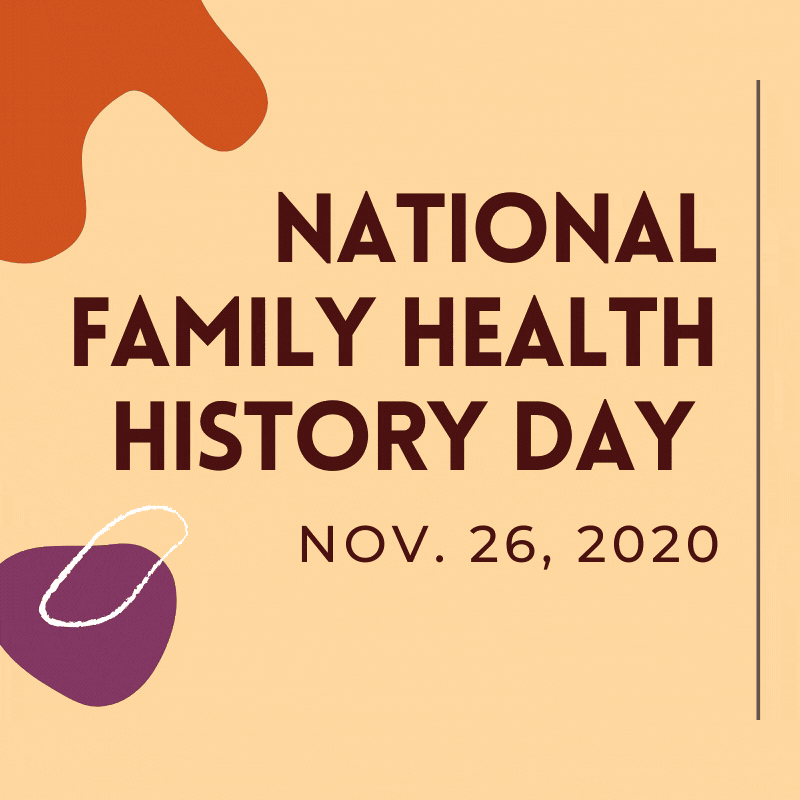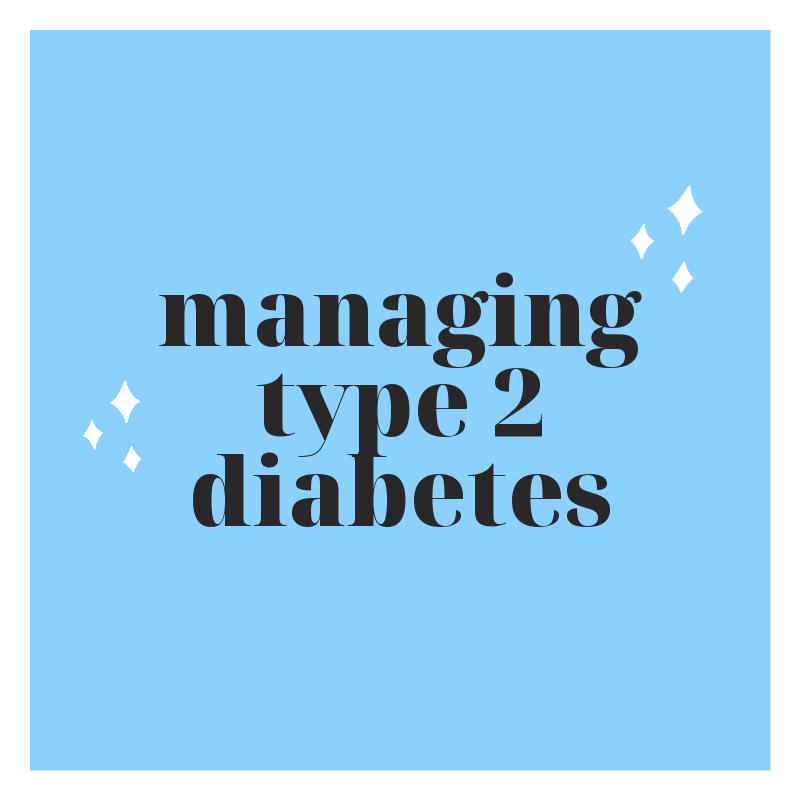Type 2 diabetes is a manageable, sometimes reversible, health condition. Preventive care and spotting the early signs of type 2 diabetes can improve or even change your life. And even if you get a diabetes diagnosis, your physician can help you manage the condition with medicine and lifestyle recommendations. But before you get a diagnosis, what early signs of the condition should you look for? Can you spot the signs on your own? Learning more about this common health condition is a good place to start.
What is type 2 diabetes?
Type 2 diabetes is a common health condition in America. The Centers for Disease Control estimates that nearly 37 million Americans have either type 1 or 2 diabetes. That’s one out of every 10 people – and more than 95% of them have type 2 diabetes.
In the simplest sense, a diabetes diagnosis means a person’s body cannot process sugar well enough to maintain essential healthy functions. According to the Mayo Clinic, type 2 diabetes is a combination of:
- A person’s pancreas not producing enough insulin AND
- A person’s cells reacting poorly to insulin and not taking in enough sugar as a result.
What’s important to know about type 2 diabetes is that it is rarely something that people are born with. It is most often developed over time. While some factors that increase the likelihood that a person will develop type 2 diabetes in their lifetime are out of their control, most often the condition is linked to manageable factors like diet, exercise and a person’s overall wellness.
Am I more likely to develop type 2 diabetes?
As stated above, type 2 diabetes is very common in America – and it’s manageable, sometimes even reversible, if you get an early diagnosis. One of the best ways to get an early diagnosis is to learn whether or not you have an increased risk of developing type 2 diabetes. When you go to your annual physical or preventive health care screening, your doctor will ask you questions about your family history, overall health and will look at some of your vital signs to tell you if you’re more likely to develop diabetes in your lifetime. These well visits are a very important step in preventing and caring for diabetes, and the team at Wellness and Stress Clinic can perform this assessment for you during our free Monday night clinics. But if you want to learn more before your wellness visit, you can take this 5 minute assessment test from the American Medical Association and the CDC.
What are the early signs of type 2 diabetes?
Early diabetes is called prediabetes, and it can be diagnosed using a simple blood test during your regular physical. It is one of the most common conditions among American adults: nearly one out of every three Americans have prediabetes.
Getting a prediabetes diagnosis is really important because you may be able to prevent prediabetes from progressing to type 2 diabetes at this stage. Most people who have prediabetes do not know that they have it, as there are not any recognizable symptoms or signs. We can help you determine if you have prediabetes and help you create a plan to prevent it from progressing into type 2 diabetes during your appointment with one of our physicians.
If you progress from prediabetes to type 2 diabetes, it may still take you a while to realize that something isn’t right with your body. The earliest signs include:
- Increased thirst.
- Frequent urination.
- Excess hunger.
- Fatigue.
- Blurred vision.
Many of these indicators can easily be ignored or confused for other common medical conditions. This is why it’s very important to do an annual wellness check with a doctor.
What can I do if I get a prediabetes or type 2 diabetes diagnosis?
If you get a prediabetes diagnosis, it is important to develop a management plan with your doctor or health care provider. They will have resources, recommendations and practices you can use to help manage your condition and prevent progression. This could include daily medications and a blood sugar monitoring schedule. Your physician will tell you what course of care is best for you and your specific condition, but there are general recommendations that are good for your overall health that can also help manage type 2 diabetes:
- Try to move for 30 minutes every day. You don’t have to lift a ton of weight or do sprints to positively impact your health! Start small by doing simple, free things like walking around your neighborhood, doing bodyweight squats and pushups or opting to take the stairs when you’re out.
- Eat a healthy diet. Working with a doctor is the best way to develop a food plan. But reducing the amount of sugar you eat and prioritizing vegetables, multigrains and lean proteins is a good place to start!
- Prioritize weight loss. If you are carrying excess weight, getting your weight into a healthy range can help you manage your diabetes. If you try to exercise for 30 minutes every day and eat a healthy diet, then weight loss may naturally follow. But if it doesn’t, you may need to talk with your doctor to get additional recommendations.
Preventive care for diabetes is important, but ongoing care once you have a diagnosis is critical. There are lifesaving medicines available for people with diabetes, and those medications in concert with lifestyle changes can help you lead a normal, healthy life. Without these changes, diabetes can cause a number of serious health complications. Book your appointment to speak with one of our physicians and find out your diabetes status!




